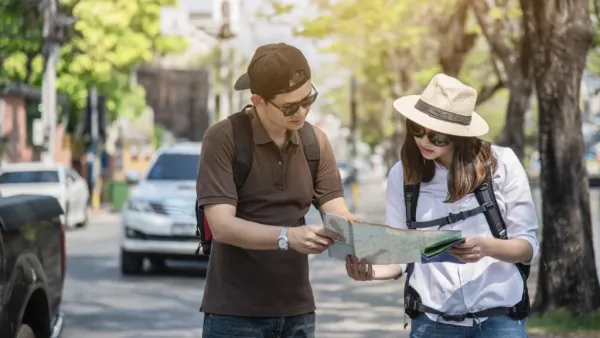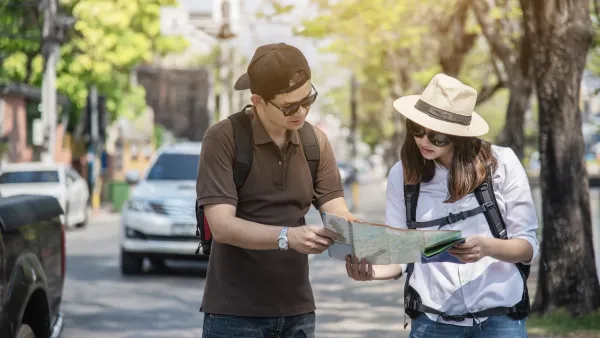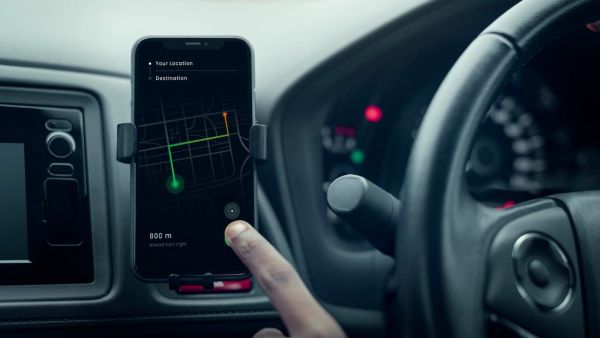

How do locals and tourists move around in the busy cities of this vibrant archipelago? What are the best ways to navigate these urban areas without confusion? With millions of people commuting daily, city transportation has grown into a blend of traditional and modern solutions.
Buses, trains, motorbike taxis, and ride-sharing apps all play a part. Some routes are predictable, while others require local knowledge. Reliable digital access helps with maps, schedules, and booking apps. Using tools such as Indonesia Data Esim ensures travelers stay connected when navigating unfamiliar routes. Let’s explore the key things to know before boarding any ride across the country’s major urban centers.
Jakarta, the capital, is known for its dense traffic. However, improvements in its transportation system have helped ease congestion. The MRT (Mass Rapid Transit) is clean, affordable, and connects central business districts. BRT services like TransJakarta also offer dedicated bus lanes to avoid delays during peak hours.
Yogyakarta offers a charming blend of traditional and modern ways to move around the city. Here’s what travelers should know when choosing local transportation:

Bandung features cooler temperatures and scenic surroundings. Travel options here include angkot vans, buses, and online taxis. The city is investing in better transport infrastructure, including the upcoming light rail system. To avoid traffic, many locals rely on motorbike taxis, which are fast and affordable.
Surabaya stands out for its clean streets, innovative transport ideas, and a well-structured city layout. Here are the key features of getting around in this East Javan city:


Medan, in North Sumatra, has fewer formal systems in place. Motorbike taxis and shared vans dominate the local scene. Traffic can be chaotic, and signage may be limited. Tourists in Indonesia are advised to confirm prices in advance or use apps that show fare estimates, especially when traveling long distances.
In Bali, private drivers and motorbike rentals are the most used travel options. Denpasar, the island’s capital, has limited bus service but plenty of online ride options. Tourists traveling to areas like Ubud or Seminyak can benefit from planning routes ahead of time. Indonesia Data Esim in these regions can help with real-time traffic updates and driver contact.
Apps like Gojek and Grab have changed urban travel in this country. They are used for cars, bikes, food delivery, and even courier services. Prices are fixed through the app,
so there’s no need to bargain. These platforms also include safety features like location sharing and emergency contact settings.
Getting around in the busy cities of Indonesia becomes easier with a few simple strategies. These practical tips can help travelers move smoothly through unfamiliar routes:
Urban mobility across the country blends tradition with technology. Travelers will encounter everything from rickshaws to trains, often on the same day. Being flexible helps, but digital tools make the journey smoother. With an Indonesian data eSIM, real-time access to transport apps, maps, and safety features becomes possible from the moment the phone connects after arrival. Exploring city life becomes less about stress and more about discovery—one ride at a time